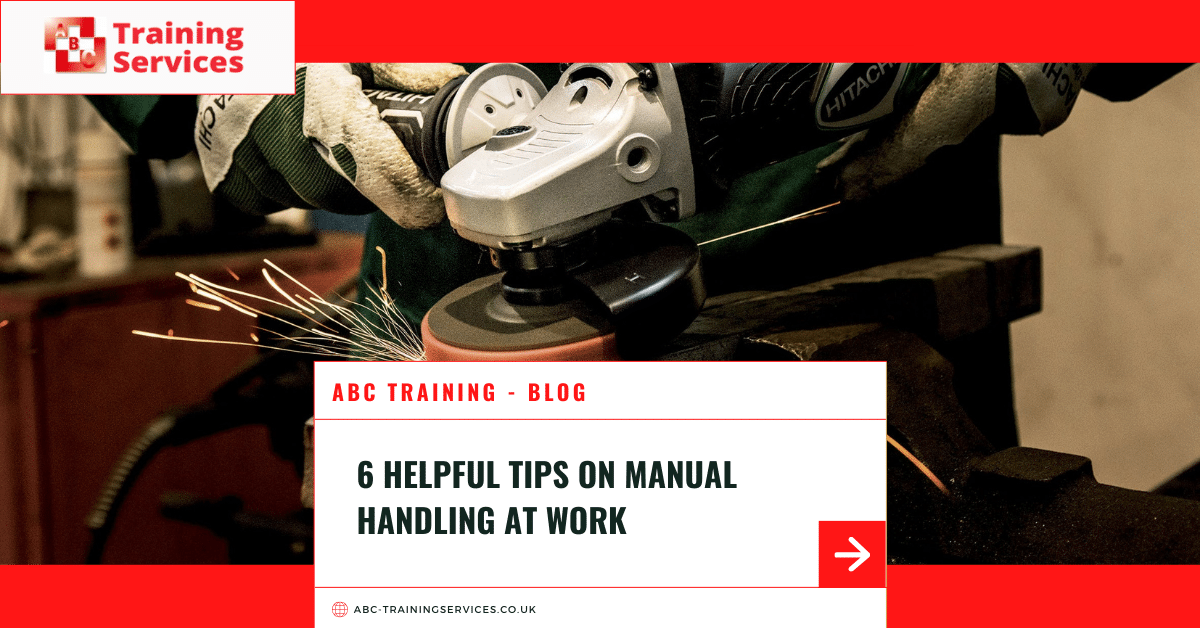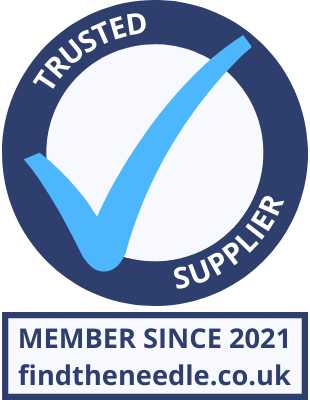 Add My Company
Add My Company
6 helpful tips on manual handling at work

What occupations use service and goods lifts for manual handling?
Most occupations involve manual handling. In some cases, employees need to use lifting equipment to lift and handle different loads and items safely. If handled incorrectly, they can result in musculoskeletal disorders. Employers are legally obliged to provide staff with an understanding of the risks they face and what they can do to reduce the risk themselves.
Service and goods lifts that help with manual handling are often found in workplaces, such as:
- Hospitals and care homes
- Warehouses and factories
- High Street shops, including supermarkets
- Pubs and restaurants
- Garden centres and nurseries
As an employer or business owner, you have a legal duty to provide a safe workplace. Part of this obligation is knowing the correct manual handling techniques and procedures that are essential to protecting you and your staff from injuries in the workplace.
These will vary according to the nature of your business and your workplace. However, there are some general safe manual handling guidelines applicable to every workplace when it comes to moving a load that should always be followed.
1. Adapt the workplace
Consider reducing the distance workers are carrying loads over, especially the need to carry heavy items between floors.
2. Safe manual handling at work processes and training
Ensure you have provided all staff with adequate training to protect them from hazardous manual handling.
3. Avoid the need for manual handling.
Is there an alternative to lifting the load through bodily force? Under the Manual Handling Operations Regulations 1992, employers have a duty to avoid manual handling tasks’so far as is reasonably practicable’.
4. Plan the task carefully to identify any hazards.
Employers are responsible for carrying out risk assessments for manual handling tasks. The Health and Safety Executive recommends doing a TILE assessment, which includes considering the task, individual lifting, load, and environment in which it will be lifted. After completing a risk assessment, employers must take steps to reduce any risks.
5. Provide lifting aids or equipment.
Don’t allow workers to rely on their own strength. There are plenty of mechanical lifting aid options available.
6. Reduce workloads and allow regular breaks.
Always split loads into smaller ones and allow staff to take proper rest breaks or provide alternative tasks during the working day.
Manual Handling At Work
For more information on 6 helpful tips on manual handling at work talk to ABC Training Services Ltd

